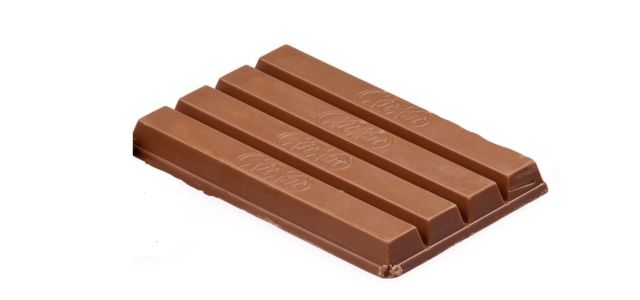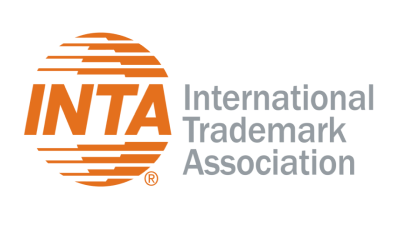Introduction
The recent ruling by the European Court of Justice (ECJ) regarding the trademark status of Nestle’s iconic four-finger KitKat bar has ignited discussions about the challenges and threats associated with trademarking unique shapes of products. This case highlights the complexities surrounding the protection of product shapes, especially when it comes to securing an EU-wide trademark. In this article, we will explore the challenges faced by companies like Nestle in protecting their unique product shapes and the potential threats that arise when such efforts are challenged. We will also delve into why it is difficult to trademark these distinctive shapes.
The KitKat case
The KitKat case began with Nestle’s attempt to secure an EU-wide protected trademark for the distinctive shape of its four-finger chocolate bar. However, the company faced a significant hurdle when it was determined that the chocolate was only “sufficiently well known” in certain European countries, including Denmark, Germany, Spain, France, Italy, the Netherlands, Austria, Finland, Sweden, and the UK. The ECJ subsequently dismissed Nestle’s appeal, stating that the chocolate was not well known in Belgium, Ireland, Greece, and Portugal.
This ruling means that the EU Intellectual Property Office (EUIPO) must now reconsider whether the three-dimensional shape of the KitKat bar can be retained as an EU trademark. If Nestle fails to demonstrate that the KitKat has acquired distinctive character throughout the EU, it will not receive the desired trademark.
The challenges
Proving distinctive character
One of the primary challenges in trademarking unique shapes like the KitKat bar is proving that the shape has acquired distinctive character through use. This requires substantial evidence of recognition and association of the shape with the product across all relevant markets. As the ECJ ruled, Nestle had to prove recognizability in every EU country.
National differences
Different countries have varying levels of familiarity with products, and what is iconic in one nation might be less known in another. This discrepancy in brand recognition makes it difficult to establish a uniform standard for trademark recognition across the EU.
Rival challenges
Competing companies, like Mondelez International (formerly Cadbury Schweppes), may challenge trademark applications, as seen in this case. The legal battles between Nestle and Mondelez have further complicated the process of securing a trademark for the KitKat shape.
The Threats
Erosion of brand identity
If a company fails to secure a trademark for its unique product shape, it risks erosion of its brand identity. Copycat products may emerge, diluting the original brand’s recognition and potentially causing confusion among consumers.
Loss of competitive advantage
Trademarks provide a competitive advantage by protecting a product’s unique attributes. Without trademark protection, a company may lose its exclusive rights to use a particular shape, potentially impacting market share and profitability.
Legal costs
Engaging in legal battles, as seen in the KitKat case, can be costly and time-consuming. Companies must allocate significant resources to defend their trademark applications, diverting resources from other essential business activities.
Why it’s difficult to trademark unique shapes
Lack of inherent distinctiveness
For a shape to be eligible for trademark protection, it must possess inherent distinctiveness, meaning that consumers immediately associate it with a specific brand or product. Proving this distinctiveness can be challenging, as seen in the KitKat case.
Evolving market trends
As markets evolve, so do consumer preferences. What is iconic and well-known today may lose relevance over time. This fluidity makes it challenging to maintain distinctive character across different markets and generations.
Conclusion
The KitKat case serves as a prominent example of the complexities and challenges associated with trademarking unique product shapes, particularly on an EU-wide scale. Companies must navigate the hurdles of proving distinctive character, contend with variations in brand recognition across countries, and address challenges from competitors. Failure to secure trademark protection for distinctive shapes can lead to brand identity erosion, loss of competitive advantage, and substantial legal costs. As markets continue to evolve, finding a balance between protecting innovation and ensuring fair competition remains a critical concern for businesses and policymakers alike.

Written by Tahir M. Khan
Barrister, The Barrister Group
You may also like…
INTA files statement in intervention in EU case on the inherent distinctiveness of color combination trademarks
New York, New York—July 24, 2024—The International Trademark Association (INTA) has filed a Statement in...
Bytedance stumbles in Singapore: IPOS rejects TIKI trademark challenge
The social media giant Bytedance, owner of the ubiquitous TikTok platform, recently suffered a setback in Singapore....
TOUR DE FRANCE fails in the third stage against German fitness studio chain
At the end of June, the 111th edition of the Tour de France kicked off. June also saw the end of a dispute between...
Contact us to write for out Newsletter














